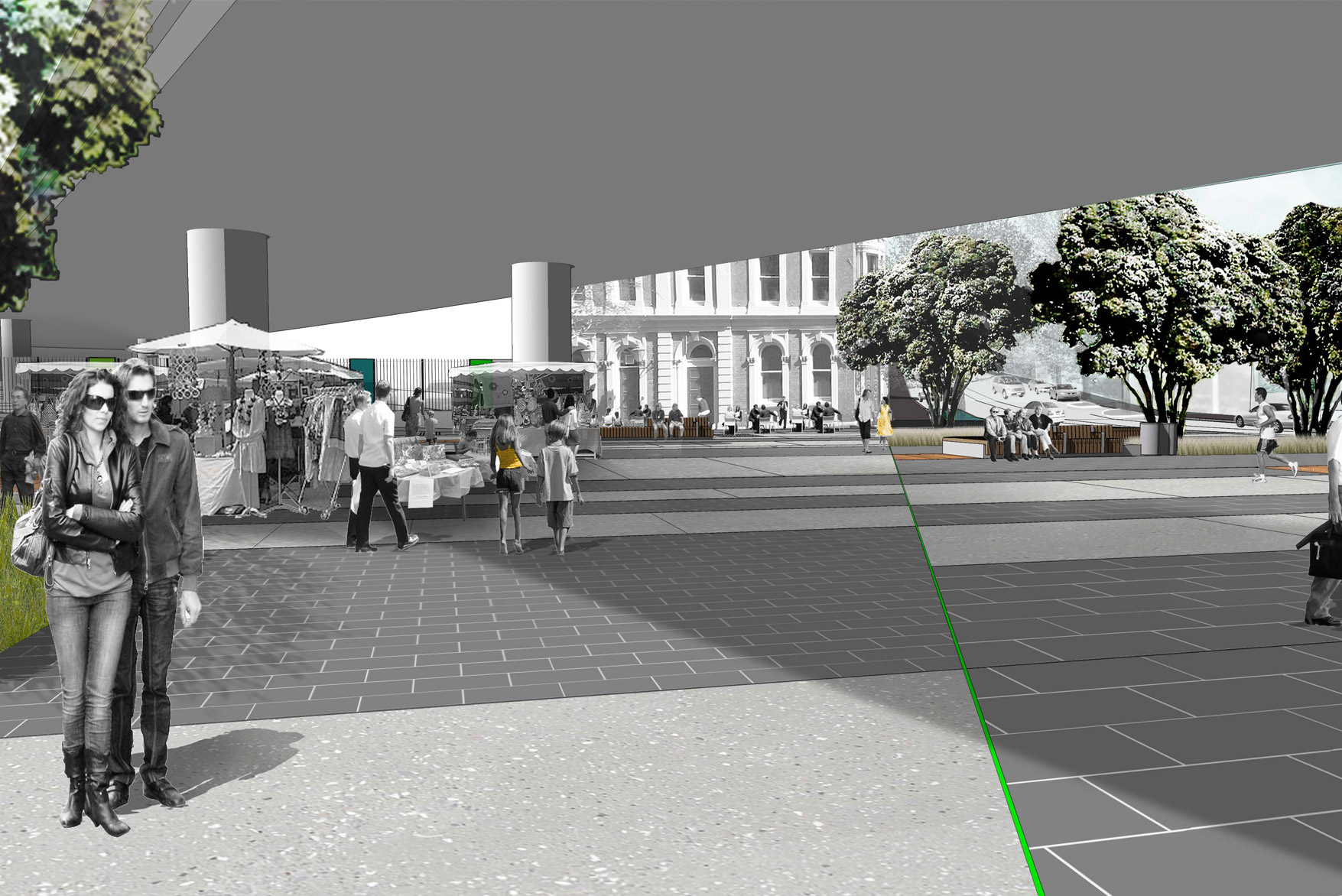Expanding major roading infrastructure whilst protecting important heritage buildings.
Victoria Park Tunnel (VPT) demonstrates that a major roading project can generate new and enhanced public spaces for all users, along with multiple art projects, heritage restoration and re-use, exciting architecture, better connections, and a stronger sense of culture and place. This was achieved through the combined efforts of urban design, landscape architecture, art, architecture, and heritage disciplines.
The $340m Victoria Park Tunnel (VPT) was one of seven state highway projects identified by the Government as a Road of National Significance and essential to New Zealand’s economic prosperity. The Victoria Park Tunnel project will increase the vehicle carrying capacity over the 2.2km of State Highway 1 between the Wellington Street overbridge and the Auckland Harbour Bridge.
This is one of the busiest sections of road in New Zealand for both personal and business trips. Within the local context the landscape and urban design masterplan set the objectives of enriching the motorway environment by engaging it with its unique location and of making better spaces for people within and around the motorway.





